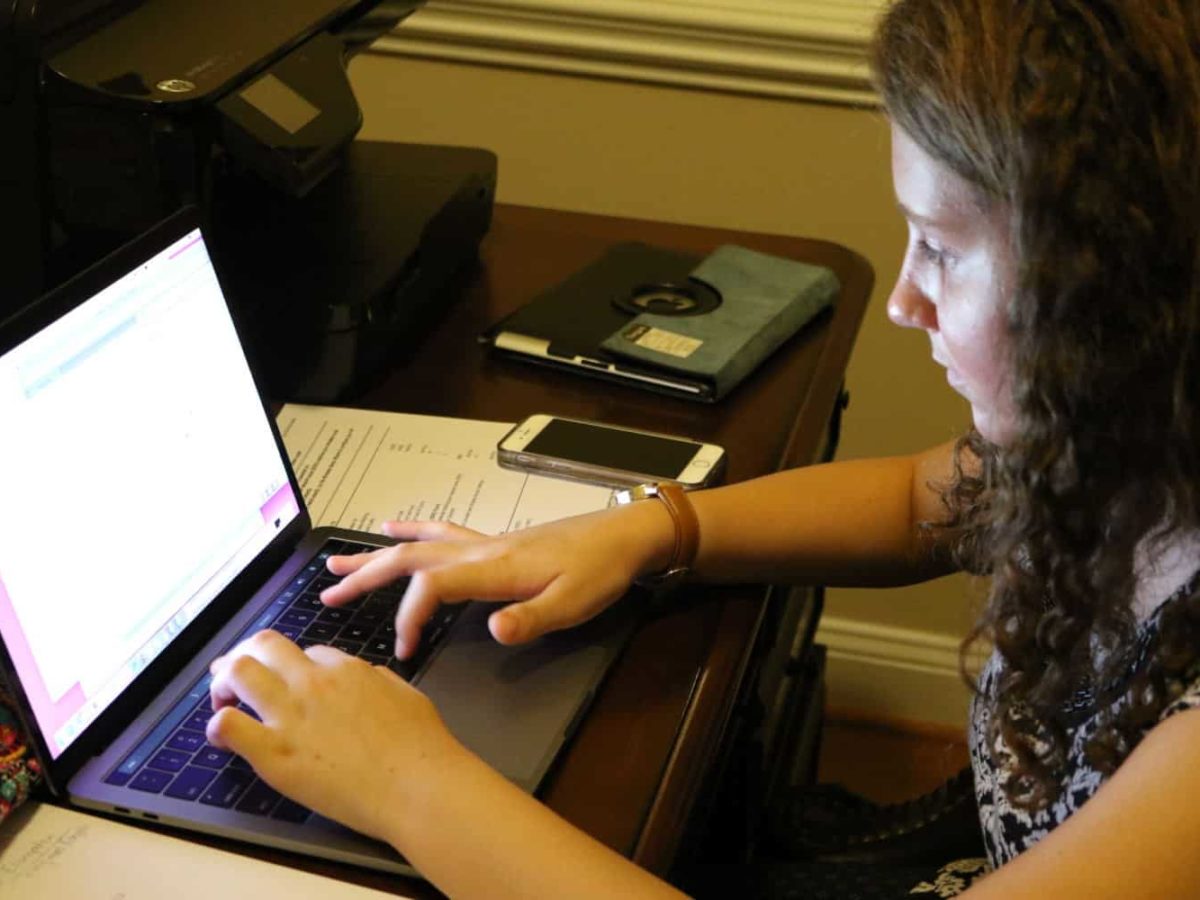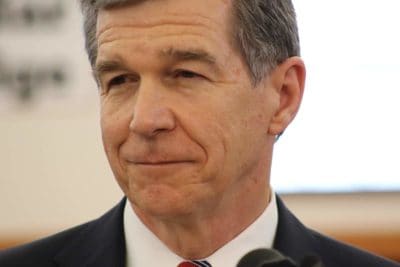

|
|
Virtual academies are basically virtual schools within a district. A student in the district can enroll there and take all of his or her classes virtually. While some districts had virtual schools in some shape or form prior to COVID-19, the pandemic spurred more districts around the state to create these academies. For those families who didn’t want their students in school at all during the pandemic school year of 2020-21, these virtual schools were an option that allowed them to plan ahead and feel secure.
But now that vaccines are available for adults and students in the 12-17-year-old age group (see EducationNC’s article on vaccinations in this age group here), will families still have the option of a virtual school this fall?
Who has a virtual school this school year?
According to data from the state Department of Public Instruction (DPI), 54 fully virtual schools will be operating in the 2021-22 school year. Two of those are the state’s two virtual charter schools, which leaves 52 virtual schools operating within school districts. Of those 52, 40 will be new this school year. Of the 12 that aren’t new, seven opened for the first time last year.
The 52 district virtual schools are within 43 of the state’s 115 school districts. That is because multiple districts have more than one virtual school. This is particularly true of bigger districts such as Wake and Mecklenburg, both of whom have three virtual schools. Gaston County also has three, and Cumberland, Guilford, and Onslow all have two.
Here is a spreadsheet courtesy of DPI that shows the schools, their districts, and their open dates.
However, according to DPI communications director Blair Rhoades, those numbers may change. Rhoades said some of the 40 new virtual schools will close in the next six weeks.
“Earlier this year, the school districts (LEAs) were still navigating COVID and the budget process, so were preparing for any scenario and applied for new virtual school numbers in the event they were needed,” Rhoades said in an email. “Since then, some LEAs have determined that they will not need a separate and distinct virtual school. Those are the schools which will not be active this year (or phase out in those six weeks).”
What are some of the factors playing into district decisions?
Why are some districts choosing to have one or more virtual schools while others have none? One reason may be the language in legislation pending in the General Assembly.
Senate Bill 654 is currently in a conference committee, which is where members of both the Senate and the House meet together to hash out their differences on a bill. The bill is an important one because it contains waivers for a variety of accountability measures required by the state, including the annual release of the school performance grades. Because of COVID-19, the State Board of Education is asking for waivers of such requirements.
But also in this bill is a provision related to what districts can and can’t do with virtual academies. The bill says that the total number of students enrolled in a district’s virtual academy, or virtual academies, can’t exceed 10% of the total student body in the district.
Patrick Miller, immediate past president of the N.C. School Superintendents’ Association (NCSSA) and the superintendent of Greene County Schools, said his district isn’t offering a virtual academy this year.
The district will have virtual accommodations for students with documented medical conditions, but they don’t have the staffing ability to do a complete virtual school. Last year, the unique nature of the schedule during the height of the COVID-19 pandemic allowed the district to use the same teachers for both in-person classes as well as in the virtual schools. But since the school schedule is back to normal this year, that will no longer be possible.
Regardless, if Greene County did have a virtual academy, Miller said he thought demand would outstrip that 10% limitation.
“I would not expect the numbers now to be as high as last year, but I think that if we just offered it carte blanche, they would still be higher,” he said. “But I don’t know that as a fact.”
The district has 2,800 students, meaning the virtual school’s numbers would be capped at 280, Miller said. Last August, Greene County started out with 600 kids in the virtual academy, and it finished out the year with 300, he said.
A bigger issue with the virtual academy provision in the proposed legislation is that it requires a separate school code and principal for virtual academies. That means the virtual academies can’t just be an extension of a current school but have to actually be their own schools.
Miller said this can cause complications with Title I funds, which the federal government provides districts to help with students from low-income families. But it also means that a virtual academy would be considered a separate school for purposes of school performance grades.
That means if students at a virtual academy perform poorly, the school could get a bad grade and be considered a low-performing school. And particularly if a district is small, that additional poor grade could push the district closer to or over the edge into being considered a low-performing district by the state.
“There are a lot of things to think about,” Miller said. “It’s not as easy as it sounds to say let’s just go register a school and we’ll just keep right on going. It’s a much more complicated issue.”
But just because a student’s district doesn’t have a virtual school doesn’t necessarily mean families that want their children in virtual schools are out of luck. According to Miller, the rules about whether students from one county can attend a virtual school in another are the same as the rules for accepting a student in person from one district into another.
“They (the rules) vary from county to county but most have policies governing discretionary admission,” Miller said. “We do — and we charge tuition for those unless they are employees’ children.”
Rhoades said that in the absence of new guidelines from the legislature on virtual academies, the state is using the same procedures it has used for almost the last 10 years when it comes to allowing students from one district to attend a school in another.
“If a district does not provide a virtual option for their students, a child can enroll in either of the two virtual charter pilots or can ask for a waiver from their school district, just as they would to attend a traditional school in another district,” she said.
The Global E-Learning Academy in Elkin City Schools serves about 50% students from their own district and 50% students from outside their district. Pam Colbert, director of Global Studies and Virtual Learning in the district, said the district even gets a large number of students from outside the district who want to attend in person.
As for the virtual school, she said they get students from Winston-Salem, Alleghany County, and even a family that moved to Wilmington but had previously been part of the Elkin City School District.
Colbert said they’ve already enrolled students this year who are coming because their districts aren’t going to do a virtual academy.
“We do welcome any out of district. They can even attend from out of state, but there is a different procedure,” she said.
She said that students who want to attend from another district in North Carolina have to receive permission or a release from the district in which they live.
Editor’s note: Patrick Miller serves on EducationNC’s Board of Directors.



